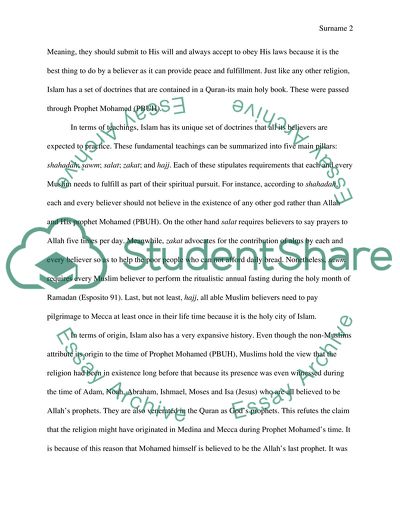Cite this document
(“The origin of islam, what is sunni and Shia what are the key Essay”, n.d.)
The origin of islam, what is sunni and Shia what are the key Essay. Retrieved from https://studentshare.org/religion-and-theology/1696764-the-origin-of-islam-what-is-sunni-and-shia-what-are-the-key-differences-between-the-two-branches-of-islam-and-what-kind-of-issues-arise-from-the-differences
The origin of islam, what is sunni and Shia what are the key Essay. Retrieved from https://studentshare.org/religion-and-theology/1696764-the-origin-of-islam-what-is-sunni-and-shia-what-are-the-key-differences-between-the-two-branches-of-islam-and-what-kind-of-issues-arise-from-the-differences
(The Origin of Islam, What Is Sunni and Shia What Are the Key Essay)
The Origin of Islam, What Is Sunni and Shia What Are the Key Essay. https://studentshare.org/religion-and-theology/1696764-the-origin-of-islam-what-is-sunni-and-shia-what-are-the-key-differences-between-the-two-branches-of-islam-and-what-kind-of-issues-arise-from-the-differences.
The Origin of Islam, What Is Sunni and Shia What Are the Key Essay. https://studentshare.org/religion-and-theology/1696764-the-origin-of-islam-what-is-sunni-and-shia-what-are-the-key-differences-between-the-two-branches-of-islam-and-what-kind-of-issues-arise-from-the-differences.
“The Origin of Islam, What Is Sunni and Shia What Are the Key Essay”, n.d. https://studentshare.org/religion-and-theology/1696764-the-origin-of-islam-what-is-sunni-and-shia-what-are-the-key-differences-between-the-two-branches-of-islam-and-what-kind-of-issues-arise-from-the-differences.


